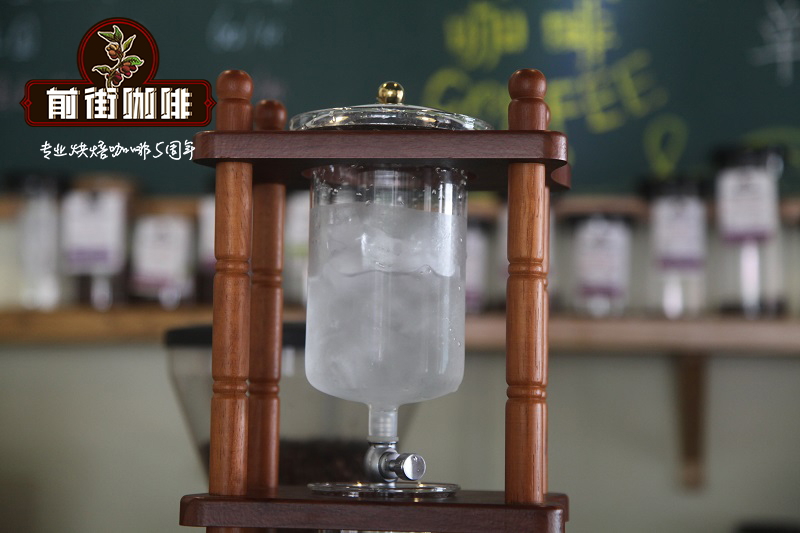Stories about the Origin of Java Coffee introduction to Java Coffee varieties

Professional coffee knowledge exchange more coffee bean information please follow the coffee workshop (Wechat official account cafe_style)
Java has a long history of cultivation. As its name suggests, the variety was introduced directly from Ethiopia to Java by the Dutch in the early 19th century.
It was initially considered to be a typical choice. In the mid-20th century, a local farmer brought it to Cameroon through the Vilmorin company, which obtained Javanese seeds from Porteres, a famous breeder. In Cameroon, breeder Pierre Bouharmont observed that it has a certain tolerance to coffee fruit disease (CBD), a common problem among coffee growers in Africa and suitable for small farmers who use small inputs. After nearly 20 years of screening, it was stocked in Cameroon from 1980 to 1990.
It was initially considered to be a typical choice. However, genetic fingerprint analysis of molecular markers shows that Java is the choice of a land race called Abyssinia in Ethiopia.
In 1991, breeder Benuit Bertrand (Benoit Bertrand) introduced it to Costa Rica with the help of the International Agricultural Development Research Center (CIRAD). The aim is to provide options for the use of low-input smallholders, as well as CBD tolerance (CBD does not currently exist in Central America, but there are concerns that it may be transferred to the region). Seeds are sent to PROMECAFE countries, but never distributed in any country. Subsequently, the quality potential of Java at high altitudes was recognized. The first Central American country to officially recognize Java was Panama in 2016.
It represents an interesting choice for geisha, whose cups are of high quality, but are more flexible for small farmers and more tolerant to coffee leaf rust and CBD.
END
Important Notice :
前街咖啡 FrontStreet Coffee has moved to new addredd:
FrontStreet Coffee Address: 315,Donghua East Road,GuangZhou
Tel:020 38364473
- Prev

Java beans Why special Java coffee Why special Java beans are special
Professional coffee knowledge exchange More coffee bean information Please pay attention to coffee workshop (Weixin Official Accounts cafe_style) What makes Peaberry coffee so special? You can't make pies with these berries, but you can make your own delicious cup of coffee. If you've heard the word before, you might be wondering: What are pea flowers and what makes them so special? peaberry(also
- Next

Sidamo Lion King Coffee Story Sidamo Lion King Coffee is good? Sidamo Coffee recommended
Professional coffee knowledge exchange more information about coffee beans Please follow the coffee workshop (Wechat official account cafe_style) Sidamo coffee has a variety of different flavors. Depending on the type of soil, microclimate and local coffee plant species, every town in West Dharma can produce coffee with distinct characteristics. Further, we narrowed it down to this batch of coffee beans, which
Related
- Beginners will see the "Coffee pull flower" guide!
- What is the difference between ice blog purified milk and ordinary milk coffee?
- Why is the Philippines the largest producer of crops in Liberia?
- For coffee extraction, should the fine powder be retained?
- How does extracted espresso fill pressed powder? How much strength does it take to press the powder?
- How to make jasmine cold extract coffee? Is the jasmine + latte good?
- Will this little toy really make the coffee taste better? How does Lily Drip affect coffee extraction?
- Will the action of slapping the filter cup also affect coffee extraction?
- What's the difference between powder-to-water ratio and powder-to-liquid ratio?
- What is the Ethiopian local species? What does it have to do with Heirloom native species?

